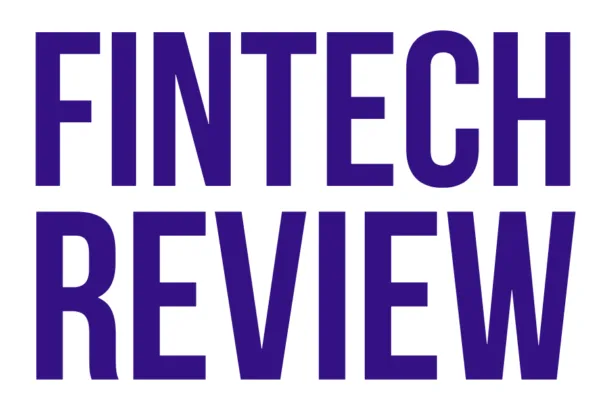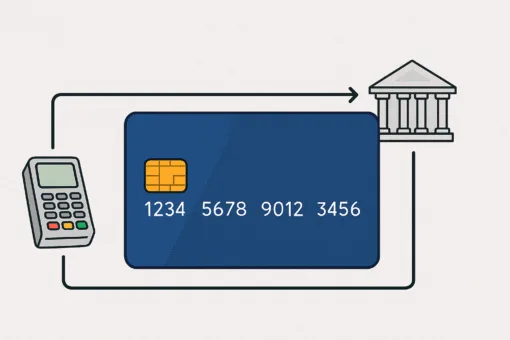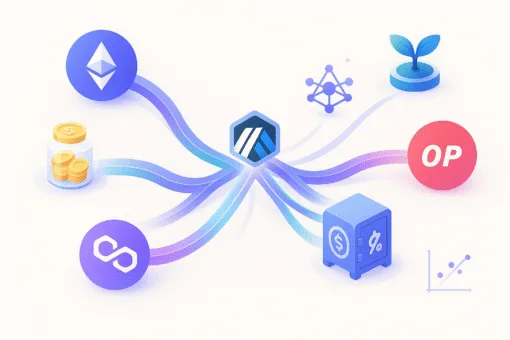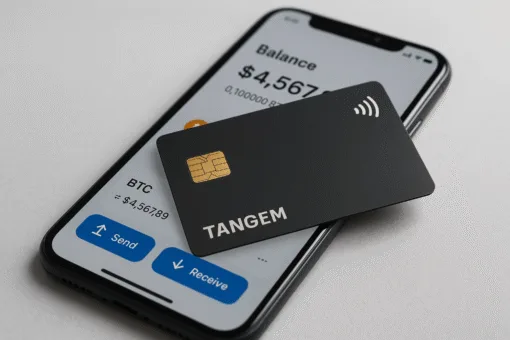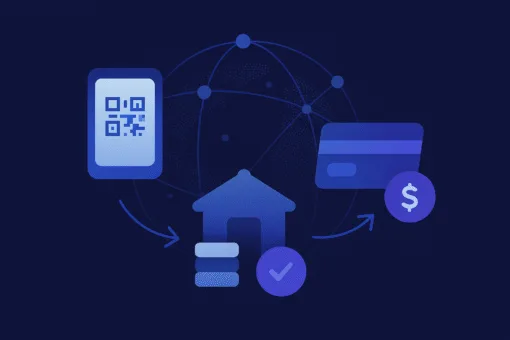This is a guest post by Kathy Romanovskaya, CEO & Founder of A.ID, a compliance-as-a-service company.
Financial technology may have revolutionized the way we deliver financial services… but traditional banks still shape the cooperation in the new economy. It is especially visible in high-risk segments, which are growing by day and becoming a considerable market force. If you don’t play the crypto markets or sell digital art, stream your gaming or buy legal cannabis, you probably know someone who does.
Embracing these formerly niche segments into mainstream banking doesn’t always go smoothly. New economy companies are considered to operate on regulatory margins, and represent lots of challenges for established banks and payment partners. And the central issue is staying compliant while growing your own business.
Take recent media dramas of the biggest crypto exchanges Binance and Coinbase, or a blockbuster-like attempt of OnlyFans, an adult content platform, to keep its business: all these conflicts are centred around compliance issues, and have the same roots: the difficulty to align compliance practices between companies and their heavily regulated banking partners.
Regulatory compliance is many things, ranging from basic national requirements to international capital directives, to which financial market participants – direct or indirect – have to adhere. However, being compliant while working with a high-risk segment requires more sophistication than just formally obeying relevant legal acts.
What makes high-risk compliance special?

1. KYCC (Know Your Customer’s Customers) is a standard now that applies to the entire chain of production and consumption. Companies must verify and document the consent not only for the creators but also for their make-up artists, video editors, etc.
2. Companies must verify the user-provided data with independent and verifiable sources. Such as state registries, publicly available resources, even verifying users’ Instagram accounts, Facebook profiles, tweets.
3. Platforms must know how to onboard customers from different jurisdictions.
4. Folding all of that data into one place, in a form that supports analysis and confirmation, is an even bigger nightmare.
Banks and regulators expect companies working with higher risk segments to do the compliance heavy lifting themselves. Spoiler: they usually can’t.
It is almost impossible to create such a sophisticated system in hindsight. So why won’t companies do it from day one? Short answer — the lack of affordable tools designed for high-risk segments, which would allow to streamline and automate the compliance workflow.
First, it is unscalable and inefficient to do all this work manually. Then, it is extremely expensive and time-consuming to develop an adequate system in-house. It is rare for companies to be able to afford to hire experienced compliance officers along with software developers, machine learning engineers, and data scientists. Finally, it is troublesome and costly to stitch together scattered, segmented technologies into one unified workflow.:
- ID verifications,
- Background screening,
- Onboarding and post-onboarding behaviour monitoring,
- Solving cases and reporting to regulators.
Furthermore, negotiations with at least three different vendors, high set-up costs and lengthy integration can drain companies’ operations and kill initial intentions to become compliant from the start.
Huge potential…
Fintechs recognize the potential of serving high-risk businesses faster and try to fill the gap with tailored banking products. Karat, a new startup, builds banking products for the creators who make a living on YouTube, Instagram, Twitch and other online platforms. New-York based neobank Daylight raised $5M to build a digital banking platform for LGBT+ community. A community who often finds itself exempted from financial servicing.
Should every community wait until there’s a bank for them?
The problem can be fixed in a more elegant way. The time has come for a universal compliance language that addresses risk head-on. Once connected to mainstream banking, high-risk businesses will drive the growth with its full potential.
